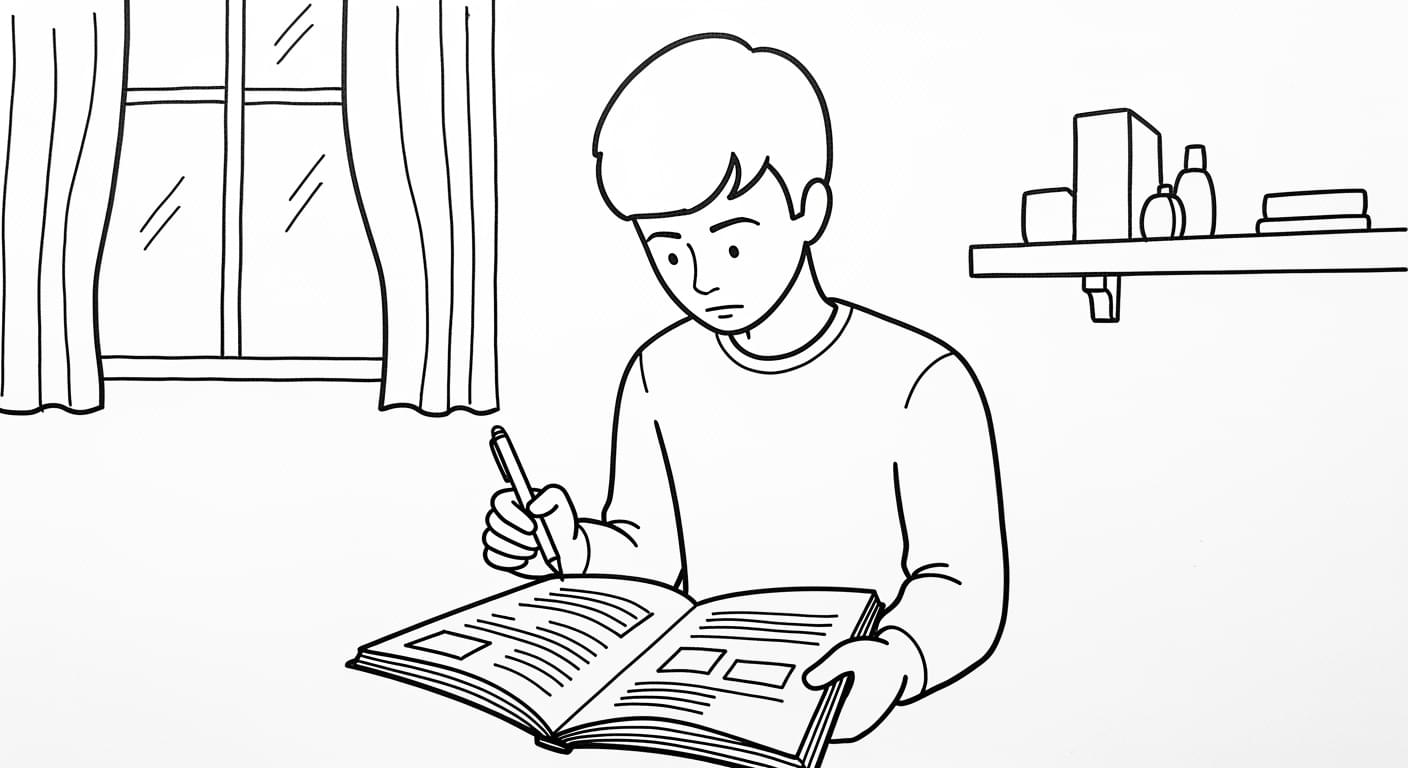Overall Goals and Objectives
The revised English curricula in both junior high (lower secondary) and senior high (upper secondary) place a clear priority on communicative competence. In junior high, the Course of Study states that students should “develop…competencies that form communication – understanding, expressing and communicating simple information and thoughts – through listening, reading, speaking and writing” in English. Likewise, the senior high objectives emphasize accurate comprehension and appropriate expression of information and ideas: “To develop students’ communicative competencies, such as accurately understanding and appropriately expressing and exchanging information, thoughts, etc.”. Both curricula underline that students must acquire English vocabulary, expressions and grammar and be able to use them in context (e.g. knowing functions of language and using language “in accordance with the purposes, scenes and situations” of communication). In practice, each curriculum breaks goals into five skill areas (listening, reading, speaking [interaction], speaking [production], writing) with concrete targets for each. In sum, the revisions shift focus from rote learning to having students use English actively to exchange ideas and information.
Changes in Content and Skills Emphasis
The new courses explicitly integrate all four skills and set detailed benchmarks. For example, the junior-high guidelines list sub‐objectives for each skill (e.g. “Enable students to pick up necessary information from texts… by using simple words, phrases and sentences” in listening; similarly detailed goals for reading, speaking and writing). Senior-high standards likewise specify scaffolded targets, such as understanding key information or main points in spoken or written texts about everyday and social topics, and using basic words and sentences in extended spoken interactions. In both grades the emphasis is on authentic language use – for instance, speaking tasks are “extended interactions” on real-life topics, and writing is done “coherently about everyday topics” with simple language.
Content-wise, the curriculum was expanded to deepen students’ expressive range. In junior high, the vocabulary goal was raised (to roughly 1,600–1,800 words by graduation) and new grammar points were added (e.g. exclamatory forms, auxiliary verbs, present perfect continuous) to make expression richer (per MEXT commentary). In senior high, students build on this foundation with an additional 400–600 new words beyond what they learned in earlier grades. Thematic content also broadens: lessons are meant to cover both personal/everyday topics and more “social” or global themes. High schools now even offer specialized English courses (e.g. Debate & Discussion I–II, Essay Writing I–II) to give students intensive practice in speaking and writing. In short, the revisions shift away from textbook drills toward materials and tasks that require students to listen, read, speak and write with purpose in simulated real-world contexts.
Teaching Methods and Pedagogy
The new guidelines promote active, student-centered learning (“主体的・対話的で深い学び”). Teachers are urged to use communicative, interactive activities (pair work, group discussions, role-plays, debates) rather than lecture. Importantly, instruction should be conducted primarily in English to create an authentic environment. Classrooms are to become “real communication situations”: for example, the commentary notes that to teach content as actual communication, “classes should basically be conducted in English”. Teachers are encouraged to use gestures, visual aids and contextual support so students can follow when hearing English instructions.
Schools are also advised to enhance teaching support and methods. In both junior-high and senior-high, MEXT explicitly recommends involving native-speaker instructors or English-fluent volunteers (ALTs, community members) in lessons to boost language exposure. For example, commentary for both levels says to “seek cooperation from native speakers or locally fluent English human resources… to enrich the teaching system, and to devise improvements in teaching methods”. Teachers are expected to plan lessons that build on students’ existing knowledge (connecting with content from elementary school and earlier junior-high grades) and to collaborate across subjects. The senior-high guidelines even suggest linking English lessons to other disciplines (Japanese, social studies, science, etc.) so that students use English to solve problems involving those topics. In short, pedagogy is to be more interactive and meaningful: teachers “improve classes from the perspective of ‘active, interactive, deep learning’” rather than imposing entirely new methods.
Assessment and Evaluation
Under the revised standards, evaluation shifts strongly toward performance-based, goal-oriented assessment. Both curricula stress assessing students on what they can do with English, not just what grammar they know. Schools are encouraged to set clear grade-by-grade targets (“attainment goals”) so that students and parents know in advance “what students will be able to do using English”. In practice, MEXT expects classrooms to use concrete tasks as assessments. For junior high, the commentary explicitly says that performance evaluation (interviews, speeches, essays, etc.) should be used “so that evaluation is made from the perspective of ‘what students can do using the language’”. Similarly, the high-school commentary lists using interviews, speeches, debates, presentations and essays to evaluate English: “evaluation… from the standpoint of what can be done using the language is expected”.
This means a move away from only written tests: students might be graded on oral presentations, role-plays or project work. Importantly, evaluations are aligned with the five skill goals above (e.g. did the student pick out key information from a listening passage? Can they hold a short conversation on a familiar topic?). The guidelines underscore that instruction and assessment should be integrated – teachers use the same communicative activities for both teaching and evaluating. In summary, the new curriculum calls for authentic, performance-based assessments and clear rubrics tied to curriculum goals, ensuring students are judged on practical communication skills rather than only on grammar or translation.
Sources: Ministry of Education (MEXT) official Course of Study documents and commentary for English (lower and upper secondary).




Leave a Reply